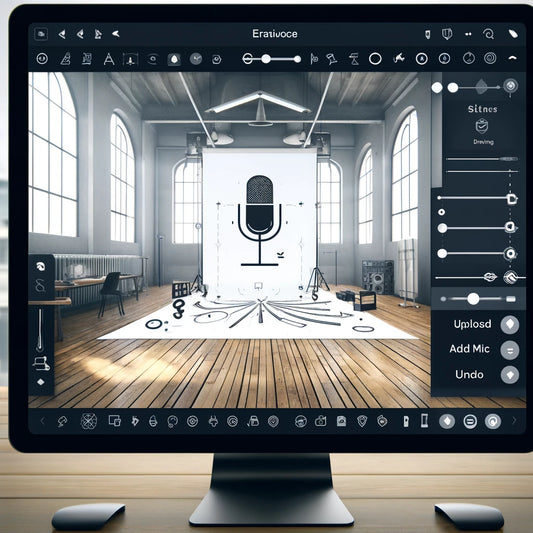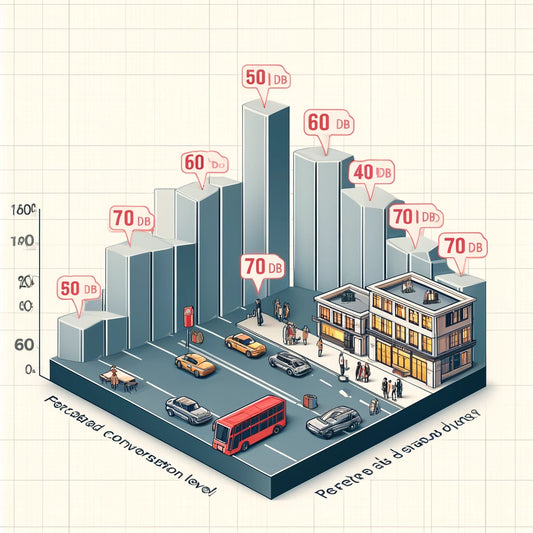Oscars Best Sound Editing and Best Sound Mixing Categories Explained
This is a question and topic that comes up again and again in regards to the Oscar categories of Best Sound Editing and Best Sound Design. The question is along the lines of what the heck is the difference!?
Well this intends to enlighten you by first going through each. Finally seeing why this often can mean that the best sound editing doesn't always go away with the best sound mixing and vice versa.

Best Sound Editing Oscar: Basic Idea
The Best Sound Editing Oscar category is about how the individual sounds are created and edited in terms of the layers used to make any sound effect and plugins to add EQ and manipulate the sounds to make construct them in a certain way. By that I mean how each sounds that are sound designed, such as a monster or spaceship sound. This also covers mundane details like doors closing and horses gallops. The best sound editing oscar goes to the Supervising Sound Editor who oversees all the sound editors and designers.
Movies that do well in the category are often in the SCIFI, animation, war and superhero genres. Often the sounds have to be completely designed from the ground up like Gravity or manipulate the sounds like the bullets going underwater in Saving Private Ryan.
Gravity was favourite to win because the sounds were recorded in a style of what you would hear inside your astronaut space suit. This style of creating and editing sounds is a very real attempt at what the fiction would sound like if it was real, giving the audience a unique first person perspective.
Best Sound Mixing Oscar: Basic Idea
After all the sound editing and design for the soundscape of a films world comes the mixing. This is basically down to what layers should play throughout the film. Deciding if that rain is too loud to hear the dialogue or in a horror where you want the music to come in to build up to that final death.
This also comes under where sounds are coming from in the surround sound setup and more recently Dolby Atmos.
The Best Sound Mixing Oscar can go to the production sound mixer and up to three re-recording mixers.
I like how this extends to the production sound mixer who is the sound recordist mixing the dialogue and some effects together when the film is being shot.
The re-recording mixers are the ones deciding the levels and some final sound editing tweaks. This is where its important not to get confused! The final tweaks will be the EQ and other effects that don't effect the actual build up the final sound in terms of how they fit with all the other effects. This stops everything becoming too muddy and allows definition of all the key elements the sound editors have created. It's worth remembering this will happen through both stages and I believe often the cause of the confusion.
Gravity also won the Best Sound Mixing. This was because of how the sounds the editors and designers created was used to give a unique 1st person perspective. This was more impressive because of the Dolby Atmos which helped better shape the soundscape with effectively a more dense array of speakers.
The overlap
The duties do overlap to an extent in terms of manipulation of the sound but to use a painting metephor, sound editing is the base colours and type of paint and sound mixing is mixing them together to paint a compelling picture.
What did I think of gravity?
Gravity was an obvious choice for a reason. The editing for the construction of effects for a 80% CGI film. While still making it unique so we only hear what the physics of sound would allow.
Sound mixing is great mainly because of the power in the music and how it was used. Very emotive.
I personally think the story is a bit of a wet flannel. But these are the technical awards and that's why it didn't get the best picture. Though it would be the first ever SCIFI film to win an Oscar but 12 years a slave pulled through.
Does it all make sense?




